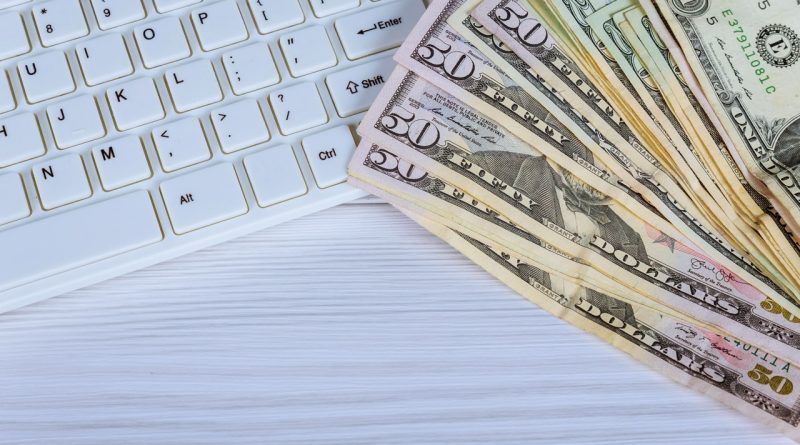Inflation and Its Impact on Consumer Confidence in 2025
As we navigate through the economic landscape of 2025, inflation has emerged as a critical issue influencing various sectors, particularly consumer confidence. Rising prices have become a focal point for households and policymakers alike, leading to shifts in behavior and spending patterns among consumers. This article delves into the nature of inflation trends as observed in 2025, explores its implications on consumer behavior, and examines potential strategies to restore confidence in an increasingly volatile economic climate.
Understanding Inflation Trends and Economic Context in 2025
In 2025, inflation has continued to be a significant concern for economies worldwide, with rates fluctuating due to various factors such as supply chain disruptions, geopolitical tensions, and energy price volatility. Central banks have faced the challenge of balancing inflation control with economic growth, often resorting to interest rate adjustments and other monetary policies. The consumer price index (CPI) has seen notable increases, resulting in heightened awareness among consumers about their purchasing power and the overall cost of living.
The economic context in 2025 is further complicated by post-pandemic recovery efforts, which have introduced both opportunities and risks. While job growth has returned to pre-pandemic levels in some sectors, wage growth has not kept pace with inflationary pressures, leading to a growing divide between income and living costs. As uncertainty looms regarding future inflation trends, consumers are becoming increasingly cautious, impacting their confidence in making significant financial decisions.
The Relationship Between Inflation Rates and Consumer Behavior
The relationship between inflation rates and consumer behavior is multifaceted, often characterized by a direct correlation between rising prices and decreased consumer confidence. When inflation rates soar, consumers tend to prioritize essential goods and services, leading to a decline in discretionary spending. This behavior reflects a natural response to perceived economic instability, where individuals focus on maintaining financial security rather than pursuing luxury items or services.
Furthermore, the psychological impact of inflation cannot be understated. Consumers often adjust their expectations based on inflation trends, leading to a decrease in overall spending as they anticipate future price increases. This shift in behavior can create a self-fulfilling prophecy, where reduced consumer spending leads to slower economic growth, further perpetuating inflationary pressures. Understanding this dynamic is crucial for businesses and policymakers seeking to navigate the intricacies of a fluctuating economy.
Assessing the Effects of Inflation on Consumer Spending Habits
As inflation persists, consumer spending habits have undergone significant transformations. Many households are adjusting their budgets to accommodate rising prices, often resulting in a shift toward value-oriented purchases. Consumers are increasingly seeking discounts, opting for generic brands, or purchasing in bulk to mitigate the impact of inflation on their finances. This shift signals a broader trend where economic pragmatism takes precedence over luxury consumption.
Moreover, the impact of inflation has been particularly pronounced among different demographic groups. Lower-income households, in particular, feel the sting of rising prices more acutely, as a larger portion of their income is dedicated to essential expenditures such as food and housing. This growing disparity in consumer behavior may lead to wider economic ramifications, as reduced spending among lower-income groups can stifle overall economic growth and further exacerbate social inequalities.
Strategies to Restore Consumer Confidence Amid Rising Prices
To address the erosion of consumer confidence due to inflation, businesses and policymakers must adopt proactive strategies aimed at building trust and reassuring consumers. One effective approach involves transparent communication about pricing and supply chain factors contributing to inflation. By educating consumers on the reasons behind price increases, businesses can foster understanding and mitigate feelings of uncertainty, thereby encouraging spending.
Additionally, targeted financial relief measures, such as temporary tax reductions or direct assistance for vulnerable populations, can play a crucial role in restoring confidence. Governments and financial institutions should collaborate to develop programs that support consumer spending, particularly in essential sectors. By prioritizing economic stability and consumer welfare, stakeholders can help to counteract the negative effects of inflation and rekindle a sense of optimism among consumers.
In 2025, inflation presents a formidable challenge that directly influences consumer confidence and spending behaviors. The interplay between rising prices and economic context creates a ripple effect that can impact the broader economy. By understanding these dynamics and implementing strategic interventions, it is possible to navigate the complexities of inflation, ultimately fostering a more resilient economic environment that can sustain consumer confidence and drive growth in the years to come.
